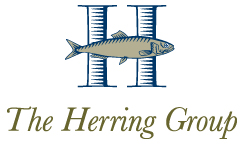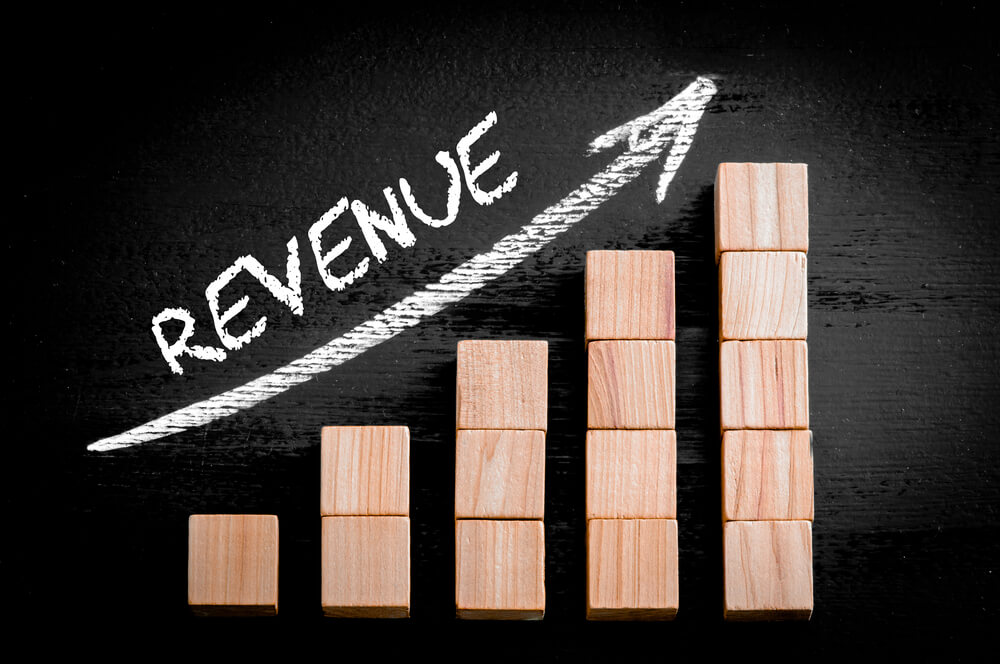BrightView released its results for the quarter ended June 30, 2025, and hosted a call with investment analysts recently. There were several disclosures that BrightView’s competitors will find interesting.
BrightView continues to focus on improving employee retention and morale. Management believes this improvement will significantly improve customer retention, currently at 82%. Here are some interesting statistics that tell the turnover story:
- For the 12 months ending September 30, 2023, frontline employee turnover was nearly 100%.
- For the 12 months ending June 30, 2025, frontline employee turnover was approximately 80%.
- That modest reduction in employee turnover meant that BrightView had to hire 6,000 fewer people, a 40% reduction – saving an estimated $12 million in recruiting, onboarding and training costs.
- Currently, the average tenure of frontline employees is more than four years. That statistic, like many averages, does not tell the full story. The bottom quarter of employees turned over several times per year, which BrightView believes led to lower customer retention rates.
- For context, BrightView has approximately 19,000 employees in total.
Growth Strategy
BrightView knows it has a revenue growth problem. For example, maintenance revenue for the most recent quarter declined by 2.6% as compared with the prior year quarter, primarily related to less ancillary (e.g. enhancement) revenue.
To grow recurring maintenance revenue, BrightView is focused on increasing the conversion from construction projects to maintenance contracts. The company believes it can get to a conversion rate of approximately 70% which would generate more than $50 million of additional annual recurring maintenance revenue. For context, maintenance (contracts and ancillary) revenue was $1.7 billion for the 12 months ending June 30, 2025.
To boost its construction revenue, BrightView plans to launch 10 new construction branches over the next two years. These new branches will be strategically located in areas where the company already has maintenance branches. If your company is in a market where BrightView only performs maintenance, a new construction branch may be coming your way.
In the last five months, the company added 60 people to its 1,000 employees involved in account management (ancillary sales) and new contract sales. Management estimates that it takes new employees 90 to 365 days to generate significant revenue.
Based on management’s comments, acquisitions are not a current focus. As I discussed in last quarter’s update, BrightView’s current stock price makes acquisitions difficult.
2030 Aspirational Targets
BrightView wants to grow to $4 billion in revenue (currently, $2.7 billion), including $450 million from acquisitions. To achieve that revenue target, BrightView’s organic growth would have to average 6-8% per year.
BrightView would like its EBITDA margin to grow to more than 16% (currently, 12.7%). (Note that BrightView’s push for newer vehicles and equipment, discussed in prior quarters, results in lower repairs, maintenance and related costs while increasing depreciation expense. That change “artificially” increases EBITDA margin. A more useful measure would be operating profit margin, which includes depreciation expense. Operating profit margin is reported below.)
Income Statement Summary
In its public reports, BrightView “adjusts” its earnings before interest, taxes, depreciation, and amortization and net income for certain expenses. I have used some of these adjustments for operating income in the tables below. The idea is that these expenses are not part of ordinary operations. Historically, the adjustments included expenses associated with business transformation and integration, becoming a public company and defending shareholder lawsuits, paying some employees partially through equity-based compensation, and some other unusual expenses. The company also made an adjustment for COVID-19 related expenses. In the table below, I did not adjust the results for COVID-19 expenses because they are a normal part of operations for landscape companies.
For the accounting experts: Note that I have excluded from operating income the expense related to the amortization of intangible assets that were recorded as BrightView acquired other businesses and the gain on divestiture. Since most landscape companies do not have these items, I have excluded them so that management teams can compare their numbers to BrightView’s numbers.
The sale of US Lawns and the discontinuation of BES make it more difficult to compare BrightView’s more recent financial results for landscape maintenance and snow removal with periods prior to December 31, 2023.
To see short-term trends, the following table shows operating results for each of the past five quarters:
|
|
Qtr Ended |
Qtr Ended |
Qtr Ended |
Qtr Ended |
Qtr Ended |
|
|
Jun-24 |
Sep-24 |
Dec-24 |
Mar-25 |
Jun-25 |
|
Snow removal services |
8.5 |
(0.5) |
32.4 |
172.5 |
5.9 |
|
Landscape maintenance |
516.2 |
487.0 |
376.9 |
320.3 |
502.9 |
|
Landscape development |
215.0 |
244.0 |
191.8 |
171.9 |
201.3 |
|
Eliminations |
(0.9) |
(1.8) |
(1.9) |
(2.1) |
(1.8) |
|
Net service revenues |
738.8 |
728.7 |
599.2 |
662.6 |
708.3 |
|
Year over year growth rate |
|
|
|
|
-4.1% |
|
|
|
|
|
|
|
|
Cost of services |
561.2 |
546.5 |
472.4 |
515.1 |
537.4 |
|
|
|
|
|
|
|
|
Gross profit |
177.6 |
182.2 |
126.8 |
147.5 |
170.9 |
|
Gross profit margin |
24.0% |
25.0% |
21.2% |
22.3% |
24.1% |
|
|
|
|
|
|
|
|
Selling, general and admin (SG&A) expenses |
120.1 |
121.5 |
119.3 |
118.1 |
106.2 |
|
Adjustments |
(22.2) |
(15.5) |
(14.0) |
(13.1) |
(8.9) |
|
Ongoing SG&A expenses |
97.9 |
106.0 |
105.3 |
105.0 |
97.3 |
|
SG&A as a % of revenue |
13.3% |
14.5% |
17.6% |
15.8% |
13.7% |
|
|
|
|
|
|
|
|
Adjusted operating income |
$ 79.7 |
$ 76.2 |
$ 21.5 |
$ 42.5 |
$ 73.6 |
|
Operating profit margin |
10.8% |
10.5% |
3.6% |
6.4% |
10.4% |
To see long-term trends, the following table shows operating results for each of the past four years:
|
|
Year Ended |
Year Ended |
Year Ended |
Year Ended |
|
|
Jun-22 |
Jun-23 |
Jun-24 |
Jun-25 |
|
Snow removal services |
256.8 |
209.1 |
220.4 |
210.3 |
|
Landscape maintenance |
1,801.2 |
1,865.1 |
1,778.0 |
1,687.1 |
|
Landscape development |
670.9 |
731.4 |
789.4 |
809.0 |
|
Eliminations |
(4.1) |
(9.8) |
(5.7) |
(7.6) |
|
Net service revenues |
2,724.8 |
2,795.8 |
2,782.1 |
2,698.8 |
|
Year over year growth rate |
|
2.6% |
-0.5% |
-3.0% |
|
|
|
|
|
|
|
Cost of services |
2,058.5 |
2,113.9 |
2,133.1 |
2,071.4 |
|
|
|
|
|
|
|
Gross profit |
666.3 |
681.9 |
649.0 |
627.4 |
|
Gross profit margin |
24.5% |
24.4% |
23.3% |
23.2% |
|
|
|
|
|
|
|
Selling, general and admin (SG&A) expenses |
533.3 |
548.2 |
495.5 |
465.1 |
|
Adjustments |
(40.0) |
(47.4) |
(61.5) |
(51.5) |
|
Ongoing SG&A expenses |
493.3 |
500.8 |
434.0 |
413.6 |
|
SG&A as a % of revenue |
18.1% |
17.9% |
15.6% |
15.3% |
|
|
|
|
|
|
|
Adjusted operating income |
$ 173.0 |
$ 181.1 |
$ 215.0 |
$ 213.8 |
|
Operating profit margin |
6.3% |
6.5% |
7.7% |
7.9% |


